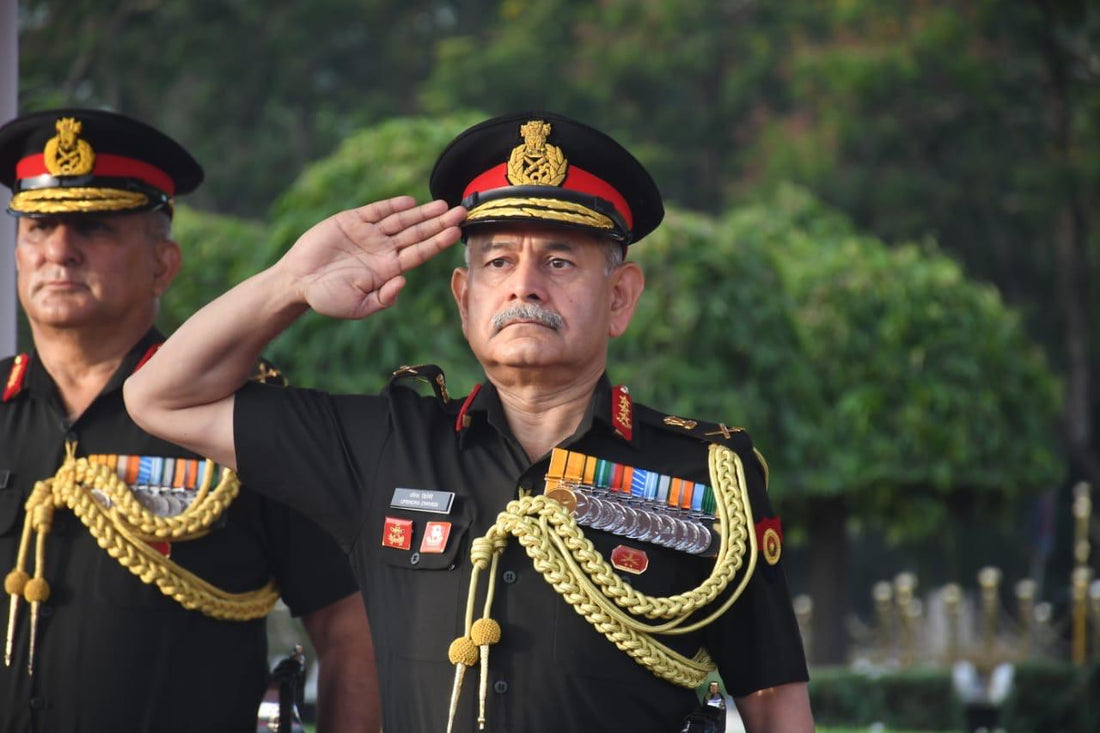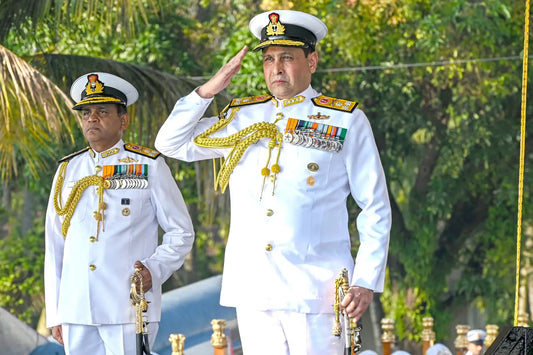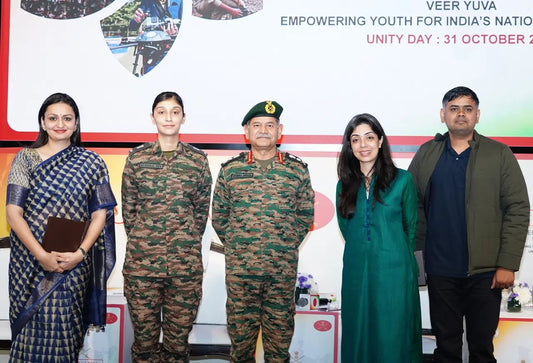Salary and Compensation Details of the Indian Army Chief Revealed

The position of the Chief of Army Staff (CoAS) in India is integral to military operations and national security strategy. As the top-ranking officer in the Indian Army, the CoAS is vital in communicating military priorities to the government and ensuring the army's operational readiness. Knowing the compensation details, particularly the salary of the Indian Army Chief, reflects the nation's commitment to its armed forces and the significance of this leadership role.
The Indian Army boasts a venerable history, tracing its origins back to the 19th century under British rule. Since gaining independence in 1947, the army has undergone significant evolution. The enhancement of pay scales, allowances, and benefits for senior officers, including the CoAS, highlights the increasing responsibilities they bear and their contributions to national security. Changes in the geopolitical landscape have necessitated a reassessment of compensation structures. The implementation of the 7th Pay Commission in 2016 marked a pivotal change by introducing a new pay level system to ensure the remuneration of military personnel reflects their service and sacrifices.
In 2025, the Chief of Army Staff's salary is set at a fixed basic pay of ₹2,50,000 per month, corresponding to Pay Level 18, the highest pay scale under the 7th Pay Commission. This salary, significantly higher than that of other generals, underscores the CoAS's apex position within the army.
| Rank | Salary Range |
|---|---|
| Lieutenant General | ₹1,82,200 – ₹2,24,100 |
| Major General | ₹1,44,200 – ₹2,18,200 |
| Brigadier | ₹1,39,600 – ₹2,17,600 |
These salary figures illustrate the army's hierarchy, ensuring that those who reach the highest ranks receive appropriate compensation for their strategic and operational leadership.
Beyond the basic salary, the CoAS enjoys various allowances and benefits. Senior officers, including the CoAS, typically receive substantial housing allowances or government-provided accommodations, often in prime locations, enhancing their living conditions. Transport allowances are provided to support the operational readiness and engagement with domestic and international stakeholders. Comprehensive healthcare benefits ensure that senior military officers and their families access superior medical facilities without financial stress. Moreover, the completion of service as CoAS brings significant retirement benefits, including a sizable pension, ensuring financial stability post-service.
On the international front, the salary of the Indian Army Chief holds significance. In terms of purchasing power parity (PPP), the annual compensation for the Indian Army Chief is comparable to that of top American generals. This parity suggests that despite nominal differences, when adjusted for cost of living and earnings in respective economies, the positions are similarly recognized for their responsibility and expertise.
Data on military personnel salary structures and allowances over the years shows a consistent increase in salaries, reflecting inflation and increased responsibilities. This trend was particularly noted with the 7th Pay Commission, which significantly raised salaries to attract and retain talent. Military officers' salaries, especially at the top levels, remain competitive with civil services due to the parallel rank structure in the Indian Armed Forces and administrative services. Research highlights that fair remuneration is crucial for job satisfaction among military personnel, impacting morale and operational effectiveness.
Despite evident benefits, challenges persist in this domain. While the CoAS's pay is aligned with the Chiefs of the Navy and Air Force, disparities between different army ranks exist, necessitating adjustments to ensure competitive parity. Additionally, as the private sector attracts skilled individuals, maintaining competitive salaries and benefits is crucial to retain experienced military personnel.
Proposed solutions include instituting regular salary reviews to address disparities with civilian roles and ensuring the military remains an attractive career option. Expanding health, education, and support services beyond salary can create more appealing packages to attract and retain talent in the armed forces.
As geopolitical tensions evolve, the importance of military leadership, including the CoAS, will likely increase. The army's shift towards digital transformation may redefine roles and require new knowledge-based positions. With a focus on enhancing military capabilities, increased defense spending could lead to higher salaries and improved benefits. India's growing stature in global politics may prompt regular reviews of military compensation to align with international benchmarks, especially as strategic alliances expand.
The Chief of Army Staff in India receives a fixed monthly salary of ₹2,50,000, highlighting the role's importance in national security and military readiness. When combined with allowances and comprehensive retirement benefits, the compensation package reflects the value placed on leading the armed forces. The evolution of this salary structure demonstrates the government's commitment to ensuring military leadership remains competitive and capable of meeting its challenging responsibilities.
Understanding these aspects not only underscores the respect and recognition afforded to military leaders but also emphasizes the essential engagement required from civilian governance for a robust national defense strategy. As discussions on military funding and workforce retention continue, addressing these issues with foresight and strategic planning is crucial. For aspiring military leaders and policy stakeholders, keeping informed about such trends will be vital in shaping the future of India’s armed forces. For those interested in contributing to this esteemed institution, exploring resources like SSBCrack and SSBCrackExams can be beneficial, offering study materials, courses, and eBooks for aspiring candidates. Engaging in this journey not only provides understanding but also an opportunity to be part of honorable service to the nation.



















